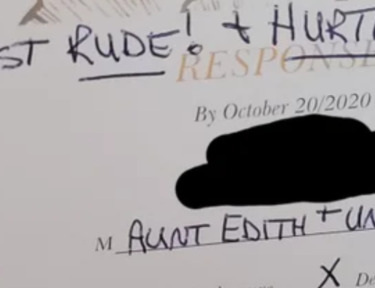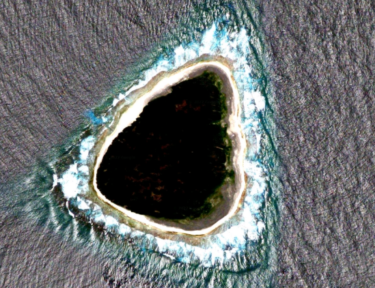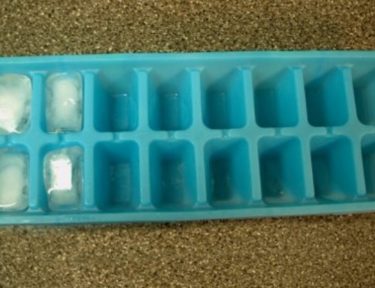11 Food Safety Facts That You May Have Not Known
These days, you’re probably spending your time trying to stay safe from COVID-19—as you should. But perhaps that means more time in the kitchen—and if you’re cooking and baking as much as we are, you could probably use a brush-up on your food safety tips (hey, COVID isn’t the only health issue getting all the attention around here!).
Food safety is one of the most critical ways to stay healthy. For example, if you wash something wrong or wait too long before eating something in the ridge, you might risk getting sick or even worse.
Don’t fret—here are 3 food safety tips to keep in your back pocket (or to print out and hang on the fridge as a reminder).
-
Never Wash Raw Chicken
You might think you need to rinse off your chicken breasts before cooking, but the CDC actually recommends the complete opposite! Washing raw chicken can actually increase the risk of spreading more germs from the chicken to other food or kitchen utensils.
-
Washing Your Hands Can’t be Done Enough
You may not need to wash poultry, but your hands? Yes, yes and yes. In fact, be overly cautious when cooking and washing your hands. Use warm water and antibacterial soap and scrub for at least 20 seconds at a time. This is the best way to avoid the spreading of germs to food.
-
Surfaces Should Always be Sanitzed
Before starting to cook, be sure your countertops are properly sanitized. Wash them with hot, soapy water or use a solution. Try one tablespoon of unscented, liquid chlorine bleach per gallon of water.
-
You Can Eat Leftovers in Up to 4 Days
That leftover chicken and veggies from dinner on Monday? Eat it or freeze it by Thursday or else you’re risking bacteria growth and the potential to get sick if you eat it. Sure, you can do the smell test, but you may not be able to differentiate a funky smell at this point so just to be safe, try and get it out of the fridge after four days.
-
Leftover Water is Fine
Now that we’ve talked about leftover food, let’s talk about leftover water. It might seem like water left out all night on the bedside table might be contaminated by morning—and if you’ve ever drank that water, you might think so too, considering the taste changes—but it’s actually perfectly fine to drink this water! (Just as long as you don’t mind it at room temperature.)
-
You Should Separate Foods When Preparing Them
Making something with raw meat and fresh vegetables? Don’t cut the meat on the same cutting board as those veggies before you wash it! That can up your risk of cross-contamination
-
Butter is Best Kept in the Fridge
You might be tempted to keep your butter in that cute butter dish on the counter, but it’ll be much safer in colder temps. In fact, leaving your butter our at room temperature can increase the growth rates of spoilage microbes.
-
Internal Temperatures Are Important
Certain items need to reach a certain internal temperature when cooked for it to be safe to eat. For example, the USDA recommends that ground meats—including beef, lamb, pork, and veal—should hit 160°F for at least one second, yet poultry products, however, including chicken and turkey, need to hit at least 165ºF. There are lots of other foods with temperature requirements—check them out here.
-
Thoroughly Clean Your Chopping Boards
These are some of the dirtiest items in your kitchen! Be sure to wash them with hot, soapy water before every use (even if you think it’s clean) and sanitize them when you get the chance. It’s also a good idea to change them out every couple of weeks or months, depending on how long you use them.
-
The “5-Second Rule” is a Sham
You ever drop a piece of food on the floor and yell “5-second rule!” and pick it up before it hits five seconds, thinking it’s safe to eat? It actually may not be! It turns out that bacteria can reach a food item the second it hits the ground, so it may be more like “one-second rule.”
-
Chocolate Doesn’t Really Go Bad
You ever open a bar of chocolate that’s a bit old and see a white, chalky substance on it? You might be tempted to throw it away, but it’s actually perfectly safe to eat. All it means is that the cocoa butter fats are separating from the cocoa.
Do you follow all of these food safety rules?




